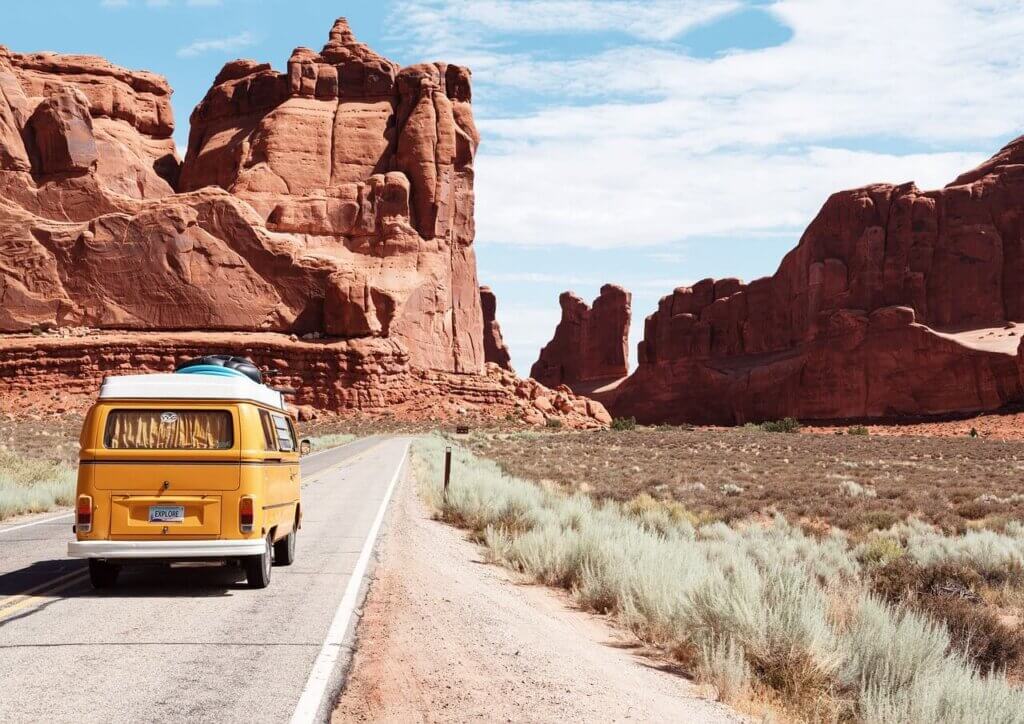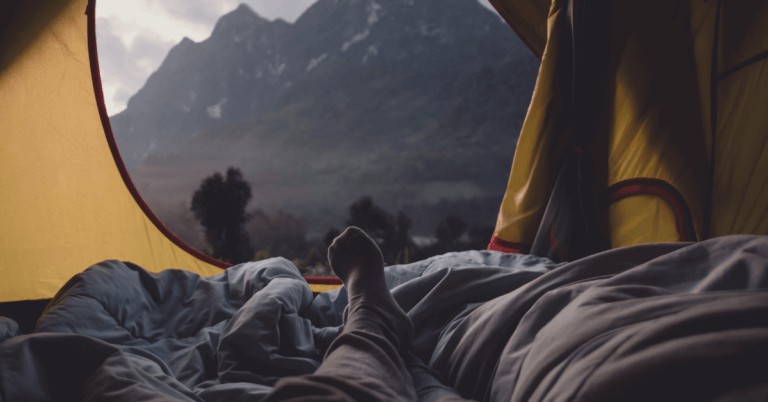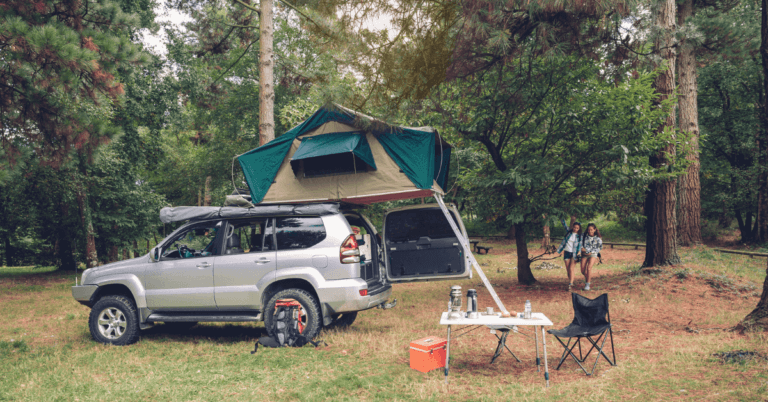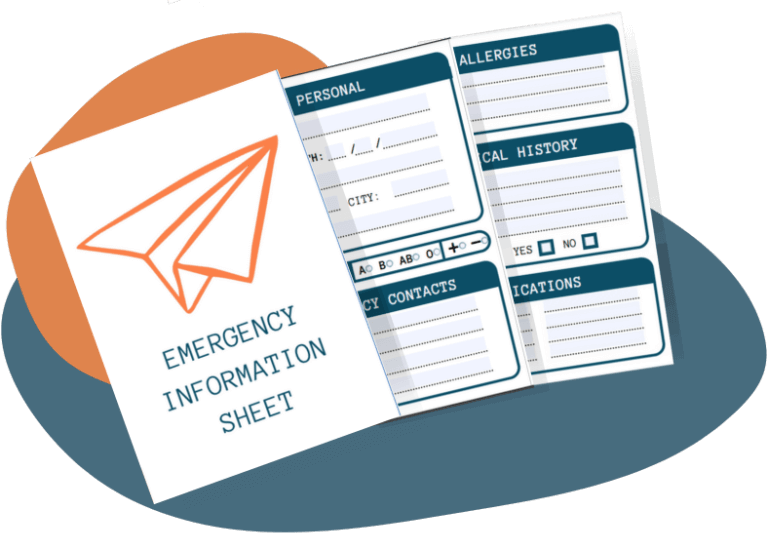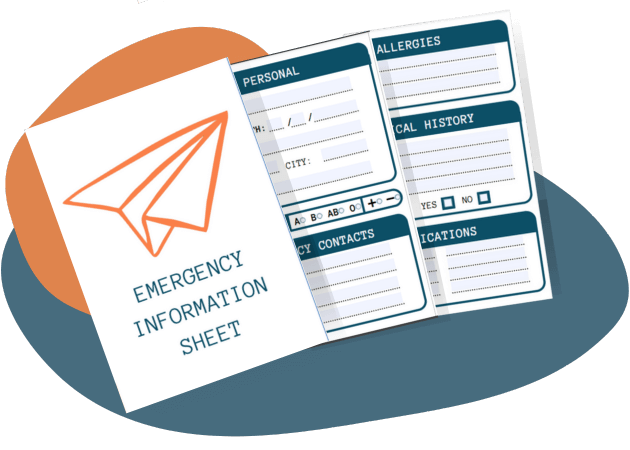There is no denying that, in recent years, overlanding has been booming. Thomas & van Nieuwenburgh (2022) even state a real post-pandemic upsurge in popularity.
If you have somewhat of an adventurous spirit, chances are that you’ve done it before without realizing.
But what is overlanding? And what has it to do with cattle?
Now that I have your curiosity piqued, LET’S GET INTO IT!
WHAT’S IN A NAME?
Overlanding is travelling over-land using motorized vehicles. But it’s much more than that.
It’s about going off the beaten path and connecting with nature and the local culture.
The Overland Journal states the following:
Overlanding is about exploration, rather than conquering obstacles. While the roads and trails, we travel might be rough or technically challenging, they are the means to an end, not the goal itself.
The goal is to see and learn about our world, whether on a weekend trip 100 miles from home or a 10,000-mile expedition across another continent.(Overland Journal, 2020)
The vehicle and equipment can be simple or extravagant – they, too, are simply means to an end.
History, wildlife, culture, scenery, self-sufficiency – these are the rewards of overlanding.
One of the main objectives of overlanding is self-sufficiency, since it allows you to go off the main roads and into the wild.
Therefore, your vehicle is more than just your transport, it’s your basecamp.
Admittedly, sometimes it can be a pain in the ass, and after the third mechanical breakdown of the week, the relationship might be hitting a rough patch.
Nonetheless, your vehicle and you form a team, and after some blood, sweat and tears –admit it-we have all been there, it starts to feel like a member of the family.
No wonder so many overlanders give their little home-on-wheels a name.
“Being self-reliant, overlanding lets you travel further and longer. You can immerse yourself in other cultures, meet new people, test new food etc.
You won’t just learn about your car and the world around you, you will learn about yourself.”
On two wheels or four, in an old Land Rover or a brand-new van, self-converted or bought ready-to-go, overlanding is about adventure.
It’s about exploring unknown places, stepping outside your comfort zone and travelling following the rhythm of the road.
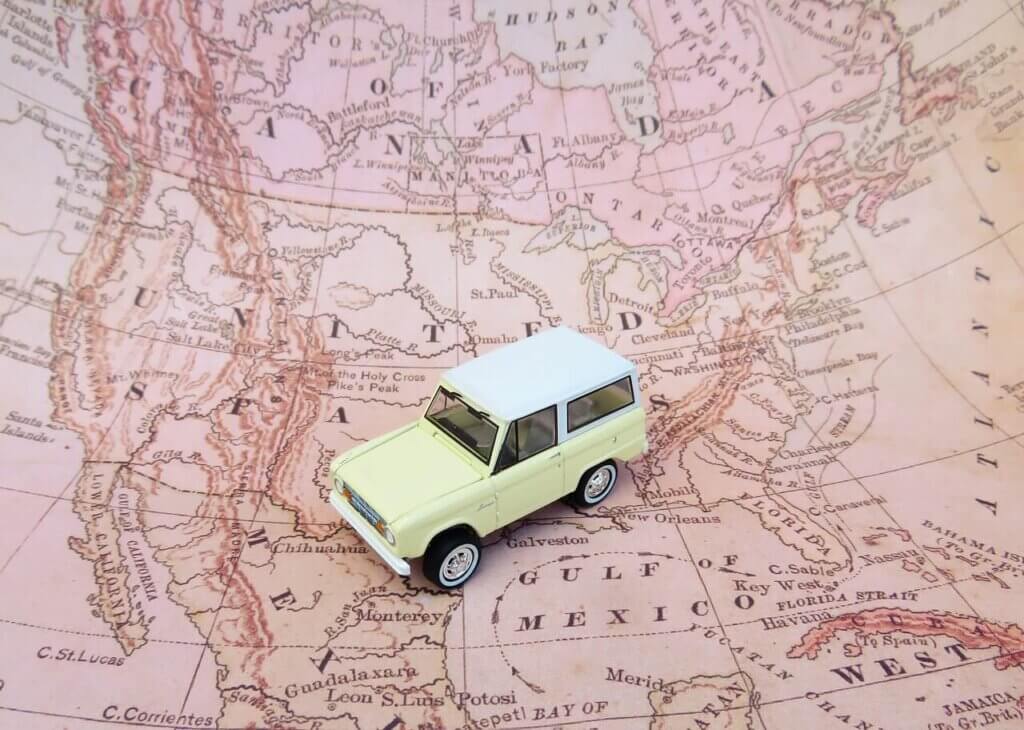
IT’S NOT ABOUT THE DESTINATION,
IT’S ABOUT THE JOURNEY.
HISTORY
Humans have been around for over 300.000 years. However, we only started settling down around 12.000 years ago.
Gradually, we traded in our nomadic lifestyle for settlements, villages and eventually the big cities we have come to know today.
So, you could say the urge to explore the world around us, wanting to connect with nature, and feeling drawn to go on adventures, is only natural.
-It’s literally in our blood.
The main difference today is that we have vehicles to help us do so faster, longer and more efficiently.
The First Overlanders
If we want to make a deep dive into the origin of overlanding, we must take it way back to the Australian Outback, 1836.
The first time the term ‘overlanding’ was mentioned, it had to do with cattle, not cars.
In fact, Joseph Hawdon, John Gardiner and John Hepburn were dubbed the ‘first overlanders’‘, when they succeeded in transferring livestock from New South Wales to Port Philip, Melbourne, thus completing the first ever recorded overland journey.
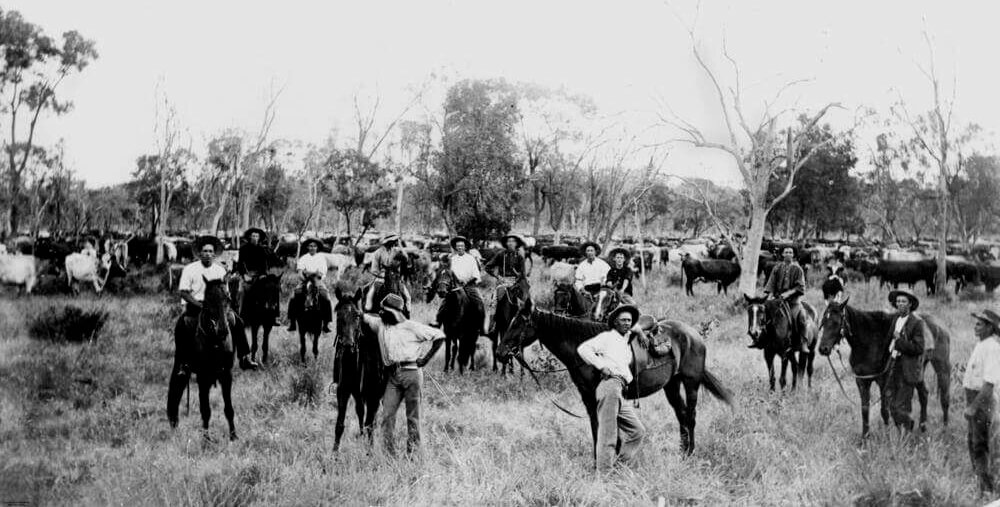
Carl & Bertha Benz
Less than 50 years later and 10.000 miles (16.000 km) away, Carl Benz would develop the first car.
In 1888, his wife, Bertha Benz, would become the first to make a long-distance journey by car.
She went behind her husband’s back and took their two sons for a roadtrip to go visit their grandma in Pforzheim, 65 miles (106km) away.
By doing so, she did not only convince her husband of the greatness of his invention, but the world. GIRLPOWER!
The First RV’s
At the beginning of the 20th century, horses and carriages started to get replaced by motorized vehicles. With this, the way people viewed transport changed as well.
Vehicles became more than just a way to get from point A to B. They started to be used for leisure.
Touring the countryside became more popular, and with it, the need for recreational vehicles arose.
It was in France, 1900, that the first motorhome ‘Quo Vadis’ was made by Turgan-Foy & Cie for a journey through Algeria and Tunisia.
The steam-driven motor and accommodation were merged under one chassis, and featured a bed, toilet, library and table.
Two years later, a petrol-driven version, ‘Passe Partout’ would be made for Dr. E.E. Lehwess, who would use it for his attempt to travel around the world.
In 1910, Pierce Arrow would introduce the first RV for production, the ‘Touring Landau’, featuring a rear seat that could convert into a bed, a toilet, a foldable sink with pressurized water tank and a roof rack that could hold up to 5 suitcases.
It’s clear that its design, -even over a century later, is still at the root of many modern motorhomes.
The Vrooming 40’s
During WOII, there was an increasing demand for sturdy 4WD vehicles that could go the distance.
As a result, in 1941, the first production Jeep was made for the U.S. army.
After the war, not only Jeep commercialized their 4×4 cars, but other overland classics like Land Rover and the Toyota Land Cruiser appeared on the scene.
Pushing The Boundaries
Since then, people have gone on the most extraordinary overland journeys.
In 1955, the Oxford & Cambridge Far Eastern Expedition travelled over 18,000 miles (29,000 km) from London to Singapore.
Two decades later, in 1975, Tom Sheppard became the first overlander to succeed in crossing the Sahara Desert from West to East, covering 7,500 miles (12,000 km).
Today, people from all over the world enjoy overlanding, whether it’s a week-long trip through a neighbouring country, or an expedition crossing a continent.
There is no denying that cars have become an indispensable part of our daily lives.
Roads have been built, land has been charted, GPS was invented, etc., making the world more accessible than ever.
Nevertheless, if you go out looking, without a doubt you will find a place on this 510 million km² planet yet to be explored.
And you, have you been overlanding before?
Check out ‘Overlanding gear for beginners’ to get you started.
Sources
Clifford, J. (2018, January 25). Toyota Land Cruiser history: Heavy and Light Duty edition. Available at Toyota UK Magazine: https://rb.gy/b4qbp
Dr. Ir. F. W. Geels. (2006). The dynamics of transitions in sociotechnical systems: A multi-level analysis of the transition pathway from horse-drawn carriages to automobiles (1860–1930). Technology Analysis & Strategic Management, 17(4), 445-476.
Gross, A. (1966). Hawdon, Joseph (1813–1871). Australian Dictionary of Biography, 1.
Hanson, J. (2012, May 21). Two Sahara veterans reunite. Available at Exploring Overland: https://rb.gy/b1w9n
JEEP. (2023). A Heritage Of Heroes. Available at JEEP: https://rb.gy/m9oul
LAND ROVER. (2023). When Was Land Rover Founded? Available at LAND ROVER: https://rb.gy/ikskt
Lennon, J. (2014, January). The Long Paddock, Australia’s Travelling Stock Route Network – A distinctive cultural heritage. Historic Environment, 26(1), 46-60.
Martin, T. (2021, October 19). The First Production RV Was Built Over 100 Years Ago. Available at Motorbiscuit: https://rb.gy/ecvmb
Mercedes Benz. (2014, December 18). Bertha Benz. Available at Mercedes Benz: https://rb.gy/cw4xj
National Geographic Society. (2023, January 10). Hunter-Gatherer Culture. (T. Brown, Redacteur, G. Borgia, & J. Sullivan, Producenten) Available at National Geographic Education : https://rb.gy/sy7ff
Overland Journal. (2020). WHAT IS OVERLANDING? Available at Overland Journal: https://overlandjournal.com/what-is-overlanding/
Putzer, M. (2023, Januari 4). Number of Car Owners in World Is Much Less Than You Might Think. Available at MotorBiscuit: https://rb.gy/xcasc
Slessor, T. (1957). In First Overland: The Story of the Oxford and Cambridge Far Eastern Expedition. London: The Companion Book Club. Available at Wikipedia: https://rb.gy/3ufyg
Wilmoth, L. J. (1966). Gardiner, John (1798–1878). Australian Dictionary of Biography, 1.
Woodmansey, A. (2022). Recreational Vehicles: A World History 1872–1939. Pen and Sword Transport.


